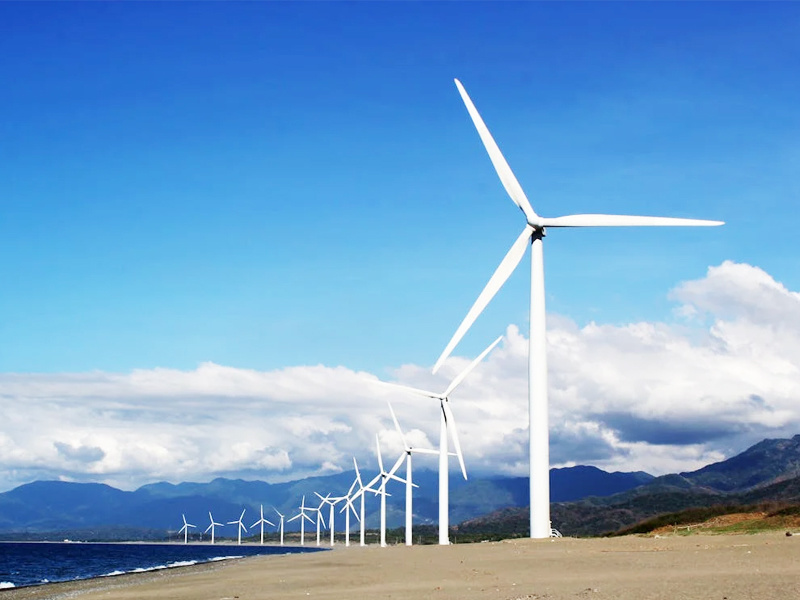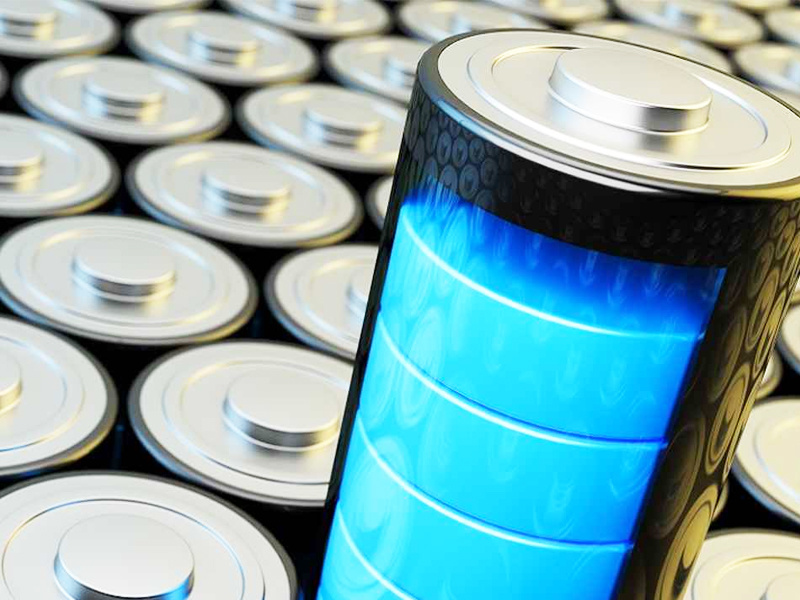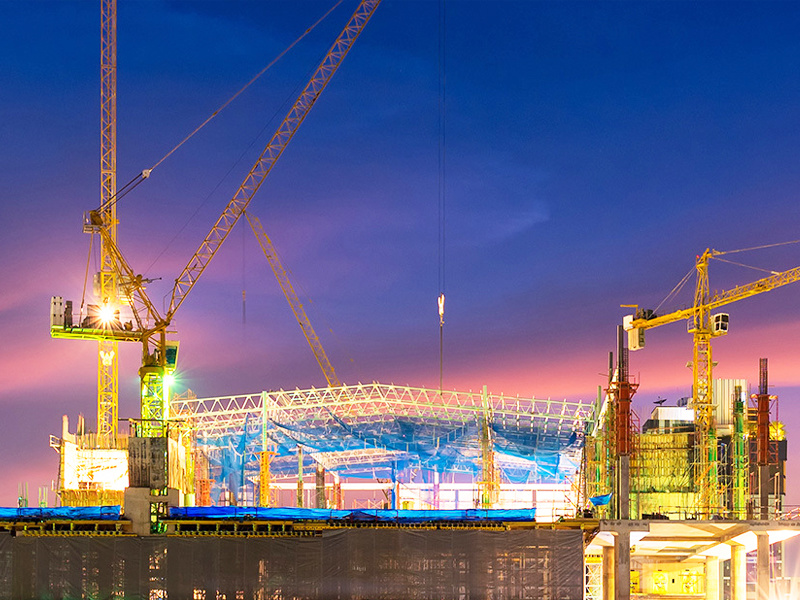




Wind turbine blade lightning protection net
Product Description
In the current wind power market, the composite materials, because of its unique performance advantages to become the mainstream of wind turbine blades, in order to achieve high-strength and lightweight. The traditional flashing system can not provide complete protection. In the cases of actual lightning damage, the lightning strike can bypass the flashing device and hit the blade, which is very common. The blade, as the most exposed part of the wind turbine, suffered about 15% to 20% of the probability of wind turbine lightning strike, especially with the tip of the blade damaged mostly. Serious lightning strike even led to multiple flasher destroyed. The large maintenance cost and the long downtime, property caused huge economy losses to the wind farms. KINSON’s LSP expanded material is very thin and light, and the openings are uniform with good conductivityt. As an excellent conductive medium, it can conducts electrical current and dissipate static electricity to protect the carbon fiber materials under it. The expanded copper foil/mesh and the expanded aluminum mesh/foil, has been an essential material in the lightning protection on wind blades.
Application
Blade shells, blade tips, carbon de-icing devices, carbon beam.
As in the aviation industry, it is also very strict on the weight and performance requirements in the wind power industry. Drawing lessons from foreign cases, for different blades, we recommend different weights of expanded materials with different openings.
For wind turbine blade, lightning is most likely to hit the leading edge and the tip where the blade static energy is the highest. Usually, a higher density and conductivity material are utilized here. For the root part of the blade, we recommend using lighter LSP materials.
KINSON can customize the production according to the customer's requirements of weight, conductivity, opening and other parameters.
Advantages of KINSON’ LSP materials
Meet specific requirements of high conductivity, which can withstand lightning strikes of many times.
Uniform openings and thickness, resulting in a smooth surface, easier penetration of adhesives, easy dry or wet laying; be a tight, non-delaminating structure after curing and molding.
Easily repaired, resulting in lower maintenance costs and less downtime.
Proven lightning protection technology and solutions used by leading blade manufacturers at home and abroad.
Product Parameters
| CU material on blades | ||
| KINSON product Code | Cu420 | Cu815 |
| Area weight g/㎡(±5%) | 420 | 815 |
| Thickness mm(±5%) | 0.27 | 0.4 |
| LWD mm(±5%) | 2.4 | 3.17 |
| SWD mm(±6%) | 1.3 | 1.65 |
| Width mm(±5mm) | ≤1300 | ≤1500 |
| Length | Ccustomizable | Ccustomizable |
| AL material on blades | ||
| KINSON roduct Code | AL280 | AL317 |
| Area weight g/㎡(±5%) | 280 | 317 |
| Thickness mm(±5%) | 0.25 | 0.2 |
| LWD mm(±5%) | 6 | 3.17 |
| SWD mm(±6%) | 3 | 1.65 |
| Width mm(±5mm) | ≤1500 | ≤1500 |
| Length | Ccustomizable | Ccustomizable |
More Applications
Get In Touch With Us!










